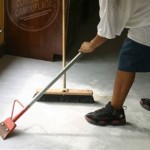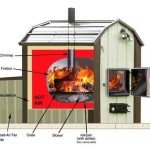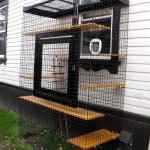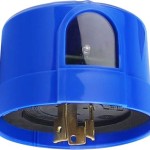Essential Aspects of Outdoor Basketball Court Build
Building an outdoor basketball court requires careful planning and consideration of various aspects. Here's a comprehensive guide to help you create a durable and enjoyable court for your backyard.
1. Court Dimensions and Layout
Determine the court dimensions based on the available space and the number of players you intend to accommodate. The standard court size is 94 feet long by 50 feet wide, but you can adjust it to fit your backyard. Consider the location of the court, including any obstacles or potential hazards.
2. Base and Sub-Base
The base and sub-base are crucial for providing a stable foundation for the court. For the sub-base, use crushed stone, gravel, or compacted soil. The base should be made of asphalt, concrete, or a combination of both. Ensure proper drainage to prevent water from accumulating on the court.
3. Surface Material
The surface material affects the performance and durability of the court. Options include asphalt, concrete, rubberized surfaces, and acrylic coatings. Asphalt and concrete are cost-effective, but rubberized surfaces provide better cushioning and reduced impact on joints. Acrylic coatings offer a smooth and durable surface but may require more maintenance.
4. Backboards and Rims
The backboards and rims should meet regulation standards. Standard backboards are 6 feet wide by 3.5 feet high and made of tempered glass or polycarbonate. Rims should be adjustable to accommodate different heights of players. Consider the angle of the backboard for optimal playability.
5. Lighting
If you plan to play at night, proper lighting is essential. Install floodlights or street lights around the perimeter of the court to ensure adequate illumination. Consider the direction of the light to minimize shadows and glare.
6. Fencing and Screening
Fencing or screening around the court helps define the playing area and prevents balls from going astray. Chain-link fences or privacy screens are commonly used. If you have neighbors nearby, consider screening the court to minimize noise and rebounds.
7. Additional Features
Enhance the court's functionality and enjoyment by adding additional features. Benches provide seating for players and spectators. Drinking fountains ensure hydration. Scoreboards help keep track of the game. Consider adding a storage shed for equipment and other accessories.
8. Maintenance
Regular maintenance is crucial to extend the life of your outdoor basketball court. Sweep or hose off the court after use to remove dirt and debris. Inspect the surface, backboards, and rims periodically for any damage or wear and tear. Make repairs as needed to ensure the court remains safe and playable.
Conclusion
Building an outdoor basketball court in your backyard is a great way to encourage physical activity and enjoyment for years to come. By carefully considering the essential aspects outlined above, you can create a durable, safe, and fun space for basketball enthusiasts of all ages.

Versacourt Easy To Install Diy Basketball Court Kits

How To Diy Build A Basketball Court 8 Step Guide

Backyard Basketball Court Builders Sports Construction Group

How To Diy Build A Basketball Court 8 Step Guide

A Guide For How To Build Backyard Basketball Court Family Handyman

21 Outdoor Home Basketball Court Ideas Sebring Design Build Backyard

Outdoor Basketball Court Design Construction Installation Fitness Sports

Outdoor Basketball Court Flooring Ultrabasesystems

How Much Does It Cost To Build An Outdoor Basketball Court

Backyard Basketball Court Flooring Outdoor Sport Tiles








